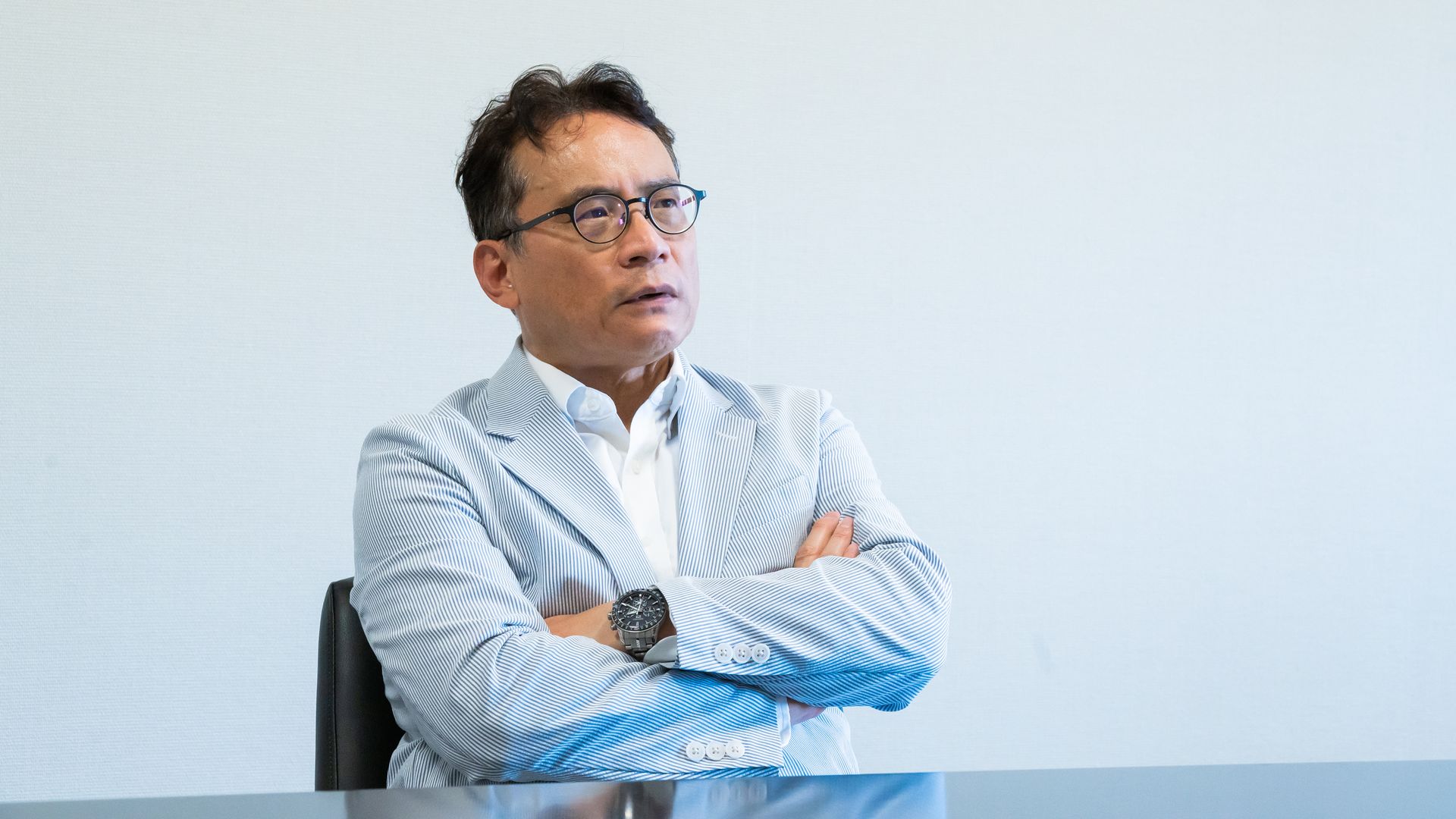
In the wake of fire, authenticity in the spotlight: Notre-Dame de Paris Cathedral and Shuri-jô Castle
The fire in the heart of Europe provided a breakthrough in the discussion of authenticity of cultural heritage after traumatic events
In the days following the fire at Notre-Dame de Paris Cathedral, pieces of burned framework were put on sale on the Internet. Experts denied their authenticity. Authenticity is what distinguishes between real and fake.
With authenticity in the spotlight, Distinguished Professor Toshiyuki Kono of Kyushu University’s Faculty of Law and his colleagues in Paris are considering the question not just in terms of remnants of the spire of the cathedral but of the cathedral as a whole. What is the authenticity of Notre-Dame de Paris Cathedral once its restoration is complete?
“When it comes to the restoration of Notre-Dame de Paris Cathedral, everything from the tools and materials to the building processes are considered important for achieving authenticity. Skills from 13th-century medieval carpenters, their building techniques, and apprenticeships are needed for the cathedral’s restoration,” says Kono.
At the time of the fire in April 2019, Kono was the President of the International Council on Monuments and Sites (ICOMOS), a professional association that works for the conservation and protection of cultural heritage places, and an advisory body of UNESCO.
“While public opinion was overwhelmingly in favor of returning the monument to its pre-fire state, there were some suggesting a cathedral with contemporary elements. That idea troubled me because I knew from experience that restoration of tangible heritage would also involve restoration of intangible heritage, such as mastery of skills in carpentry, acoustics, history, and cultural sensitivities. So I wanted to take action.” Kono envisioned an exhibition to equip the public with expert knowledge about the significance of restoration and reconstruction.
It was around that time that another fire struck Okinawa’s Shuri-jô Castle, a cultural heritage site in Japan. Kono added Shuri-jô Castle to the exhibition he was planning. He then teamed up with experts in Japan, ICOMOS France, the CNRS in the Chantier Scientifique Notre-Dame de Paris and Paris-Sorbonne University, and launched the website, “Revival after a disaster, restoration of Notre-Dame de Paris and Shuri-jô Castle.”
For the visitor, surfing the website is like unfolding an elegant work of Japanese origami. Along with photos, there are detailed, layered explanations and discussions of the history and evolution of the two monuments with respective restoration philosophies. They explain the fire and its aftermath, ordinary people’s emotions, politicians’ remarks, and debates on authenticity.
“I knew from my decades of experience in the field of cultural heritage the power of restoration in the aftermath of a disaster. Restoration and reconstruction of cultural heritage sites is part and parcel of the rebuilding of local communities after traumatic events,” says Kono.
Both in the case of Notre-Dame Cathedral and Shuri-jô Castle, many people expressed the desire to have them restored to their former states, just as they were before the fire. At the same time, it was natural for many to question, in the wake of a disaster and when people’s lives are at stake, the importance of the restoration of a cultural heritage site.
“We had to give answers to the public why we invest money and resources into the rebuilding of cultural heritage. It was crucial for experts to intervene, to make sure the restoration follows approaches faithful to cultural heritage conservation that would empower communities. I wanted the public to join the conversation and monitor the rebuilding process.”
Kono hopes that the exhibition of Notre-Dame Cathedral and Shuri-jô Castle side by side on the trilingual website will deepen and broaden the conversation on authenticity.
In what seemed war-proof and disaster-proof Europe, today, we see war, fire, and flood. In other words, the time is ripe for the discussion of the role of cultural heritage in the wake of traumatic events.
“In Japan, earthquakes, typhoons, and flooding are commonplace and buildings crumble, so discussions of authenticity often emerge. In Europe, this was not the case until Notre-Dame Cathedral caught fire,” says Kono. The fire in the heart of Europe provided a breakthrough in the discussion of authenticity of cultural heritage after traumatic events. “In what seemed war-proof and disaster-proof Europe, today, we see war, fire, and flood. In other words, the time is ripe for the discussion of the role of cultural heritage in the wake of traumatic events.”
“It’s not enough that the experts debate authenticity in a closed room. To get public support, our discussions should reach the public. Both in Okinawa and Paris, the restoration and reconstruction processes are open to the public, and they both have websites reporting their processes. Both are taking community outreach seriously,” comments Kono.
“By exhibiting Notre-Dame Cathedral and Shuri-jô Castle together, we wanted to show what the fire at the two monuments taught us, despite the difference in fame and history. They taught us that cultural heritage is not just a building but an extension of our community’s being, our mark on this planet.”































